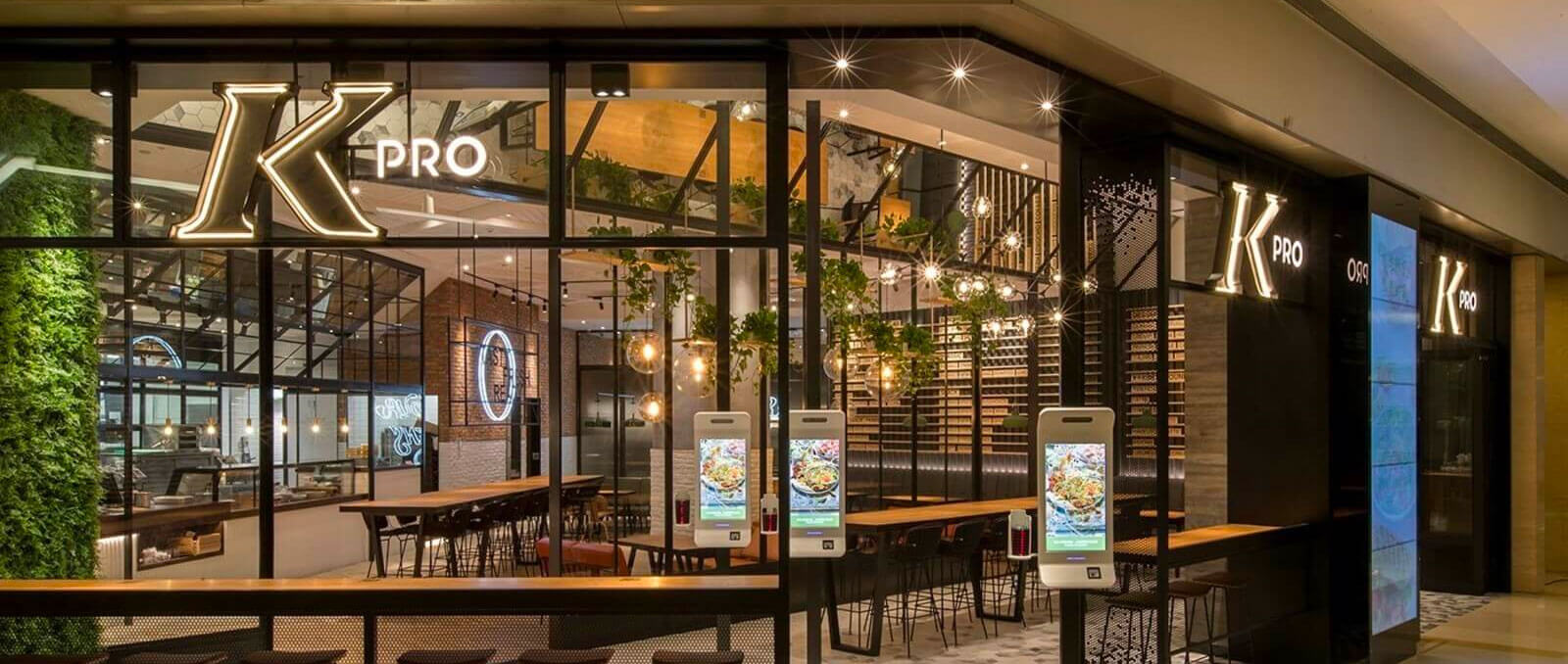As the fourth quarter gets underway, now is the time for retail and restaurant operators to ramp up plans for 2018

According to our extremely reliable crystal ball, 2018 is going to be a big leap forward for retail and restaurant technologies. While your company may be humming along and operating just fine, as your competitors leverage new technologies and add capabilities, you could quickly find your brand left in the dust.
Rising labor costs, a soft consumer spending environment, and robust online competition are just some of the challenges facing the retail and foodservice industries today. To stay afloat and capture a competitive advantage in 2018, we encourage retail and restaurant executives to implement the following strategic initiatives:
Prepare for New Payment Methods
From voice activation to facial recognition to text-to-pay, 2018 may be the year that the physical wallet officially becomes passé. Expect early adopters to turn to emerging payment systems to streamline ordering, reduce wait time, and boost customer service.
In China, Alibaba has launched “smile to pay” features at select KFC restaurants, and more than 200 million users have added payments information into WeChat, a popular messaging application. WeChat’s parent company now holds 37% of market share of the Chinese mobile payment market.
In the U.S., one in three consumers plan to make a purchase with a voice-controlled device (such as Amazon’s Echo) in 2018. Google, Apple, and Amazon have already added voice payment to their virtual assistants. And ahead of the impending launch of Apple Pay Cash, Facebook Messenger has partnered with PayPal to also offer peer-to-peer payments, making it easier to shop without leaving the app, let alone putting the phone down.
Architect for the ‘Sensorization of Everything’
Internet of Things (IoT) initiatives are already underway at many large-scale retailers and restaurant chains, connecting business processes, supplies, and equipment to real-time actionable data. Smart shelves and sensors for temperature, lighting, and HVAC conditions are just some of the applications already in play.
IoT can help transform collected data into useful information that helps decision-makers determine what actions should be taken next, from emergency response to predictive maintenance. A key strategy for success will be the adoption of IoT platforms that can deliver data and real-time status necessary to perform analytics and workflow integration.
The benefits of more automated backend processes, reduced labor and energy costs, and improved customer engagement show that IoT will be — and in many ways already is — a critical element for retail and restaurant operations.
 IKEA’s AR app launched in September.
IKEA’s AR app launched in September.
Investigate the Value of Augmented Reality
Early adopter brands that are able to leverage augmented reality (AR), and virtual reality (VR) will open new markets and capitalize on digital commerce revenue. New software development kits like Apple’s ARKit and Google’s ARCore are removing the barriers to augmented reality development, with games leading the way.
Target, Wayfair, and IKEA have all rolled out AR mobile experiences that allow shoppers to see what a piece of furniture would look like in their homes, and seamlessly move the item into their mobile shopping carts. While VR applications for commerce are still early, promising use cases include big-ticket items such as shopping for sports cars, home improvement projects, or luxury home decor.
And while most of the focus in IoT has been on data, technologies such as voice interfaces and AR are being integrated with IoT. Hands-free connected devices with AR overlays will be particularly useful in transportation, supply chain, and warehouse environments, such as DHL’s Vision Picking smart glasses.
Look to Chatbots to Boost Customer Experience
Demand for artificial intelligence (AI) both in-store and online is booming. According to Business Insider, eight out of 10 companies plan to adopt AI as a customer service solution by 2020. Of course, true AI isn’t there yet — machines are either mimicking what we are already able to do or automating those tasks, not thinking for themselves. For chatbots, the business value is that they provide a conversational interface to machine learning and predictive analytics.
Starbucks’ mobile app uses an AI algorithm based on consumers’ preferences and behavior to predict, personalize, and recommend individual offerings at checkout. The app has been so successful that Starbucks’ mobile app sales account for nearly 30% of total sales at rush hour, with the order-ahead feature actually increasing wait times for regular customers.
The North Face’s Expert Personal Shopper (XPS) platform, which leverages IBM’s Watson natural language processing, provides custom results for online shoppers. Type descriptors such as “woman’s jacket for sightseeing in Maine in January” and XPS quickly recommends a selection of stylish parkas.
Replace Repetitive Manual Tasks with Robots
Behind the scenes, retail industry leaders like Walmart, Amazon, and Boxed are using expensive robots to work alongside humans to increase efficiency and replenish inventory faster. Autonomous robots scan shelves and use AI to analyze data and calculate the status of each product, including location, price, and out-of-stocks.
Demand for robots in warehouses and logistics processes is set to majorly impact supply chain operations, according to a report from Tractica: In 2016, there were an estimated 40,000 robotic units shipped worldwide—but by 2021, there will be 620,000.
Many experts predict that robots will continue to complement human workers, and free their time to perform higher-level tasks, rather than completely replace them. However, a recent report from Ball State University predicted that half of low-skilled US jobs were at risk of being replaced by automation in the future. Then again, consider the breakneck growth of Amazon, the biggest e-commerce company worldwide, has led to a massive hiring spree despite its work building warehouse robots and other automated systems.
Conclusion
As businesses plan their digital strategies for 2018, IT leaders and executives would be wise to assess the technology landscape, map business goals, and set measurable metrics to continuously track progress. New technologies can give companies the upper hand in operations efficiency and customer loyalty, and decision makers will need to act now to reap the rewards in the new year. One thing is crystal clear — standing still is not an option.
Not sure where to begin? Mission Data is passionate about helping clients navigate the future of work by finding practical solutions that create real business value. Whether your organization is developing a proof of concept or considering a major system-wide implementation, Mission Data can guide you toward greater efficiencies for years to come.